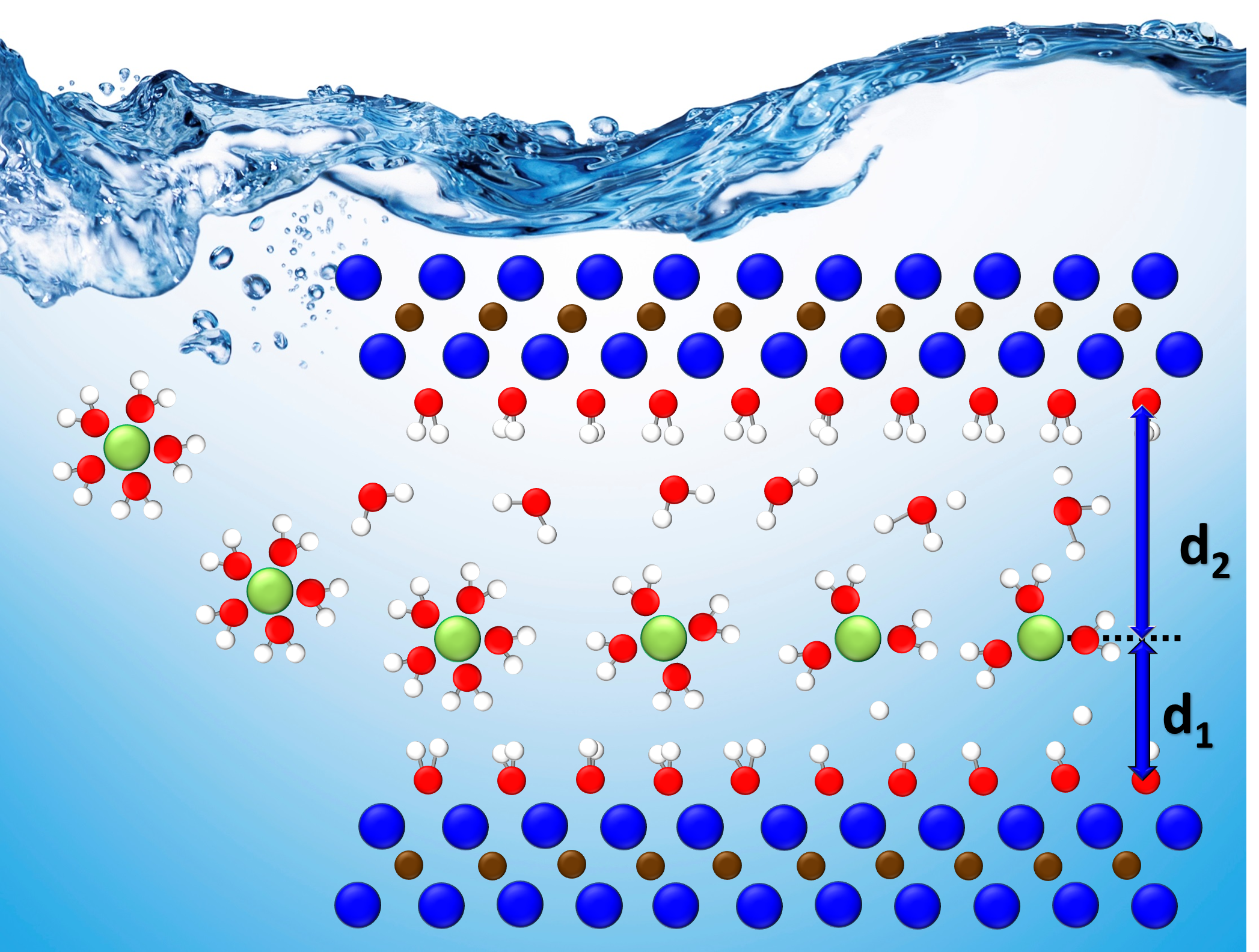To understand quark-gluon plasma, theorists compare a sophisticated model to a large amount of experimental data. One of the parameters in this model is the size of the nucleons inside the two colliding lead nuclei. Low-energy experiments find a nucleon size of around 0.5 femtometers, while heavy ion experimental data have found a much larger nucleon size, of about 1 femtometers. A new analysis of heavy ion experimental data includes the experimentally measured reaction rate of lead-lead collisions to arrive at a nucleon size of 0.6 femtometers.
Tag: ions
New research computes first step toward predicting lifespan of electric space propulsion systems
Electric space propulsion systems use energized atoms to generate thrust. The high-speed beams of ions bump against the graphite surfaces of the thruster, eroding them a little more with each hit, and are the systems’ primary lifetime-limiting factor.
Berkeley Lab Scientists Develop a Cool New Method of Refrigeration
Researchers at Berkeley Lab have developed a new kind of heating and cooling method that they have named the ionocaloric refrigeration cycle. They hope the technique will someday help phase out refrigerants that contribute to global warming and provide safe, efficient cooling and heating for homes.

Faster, more efficient energy storage could stem from holistic study of layered materials
A team led by Oak Ridge National Laboratory developed a novel, integrated approach to track energy-transporting ions within an ultra-thin material, which could unlock its energy storage potential leading toward faster charging, longer lasting devices.

When Ions and Molecules Cluster
How an ion behaves when isolated within an analytical instrument can differ from how it behaves in the environment. Now, Xue-Bin Wang at Pacific Northwest National Laboratory devised a way to bring ions and molecules together in clusters to better discover their properties and predict their behavior.